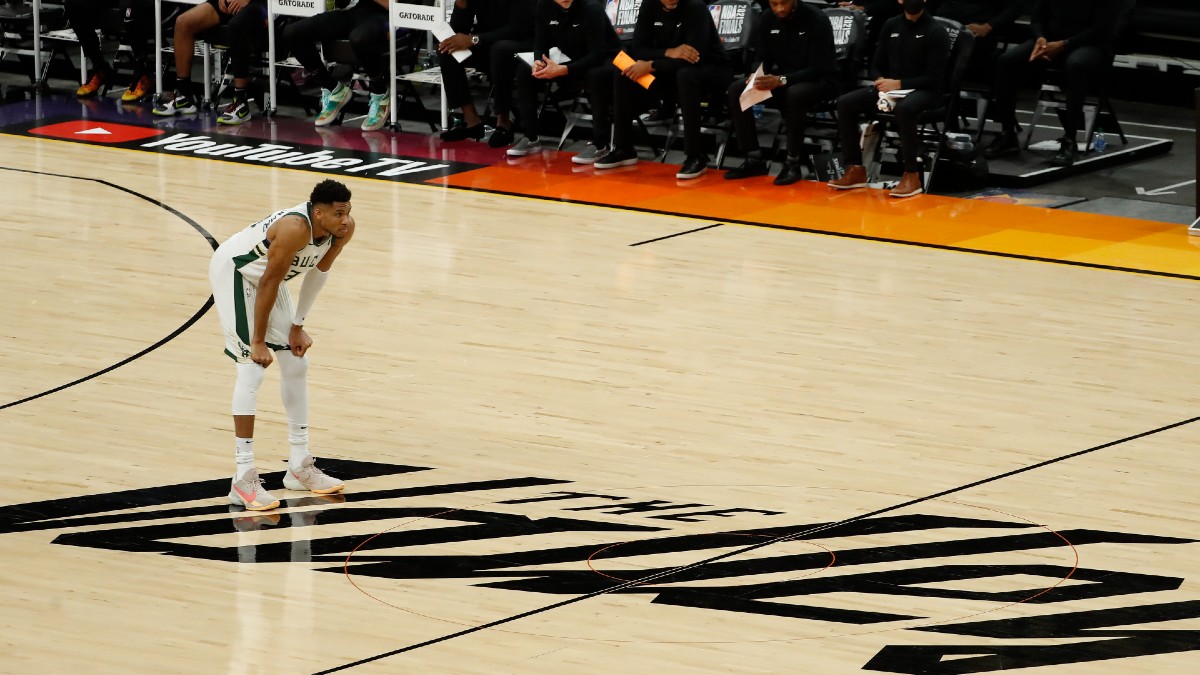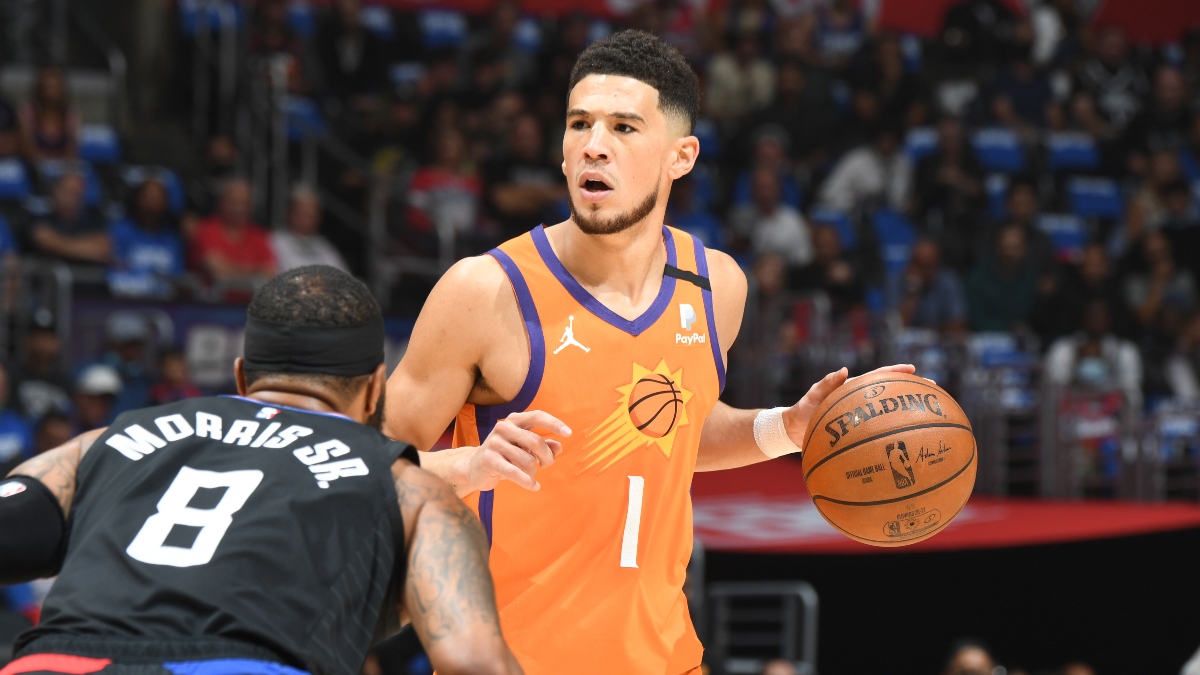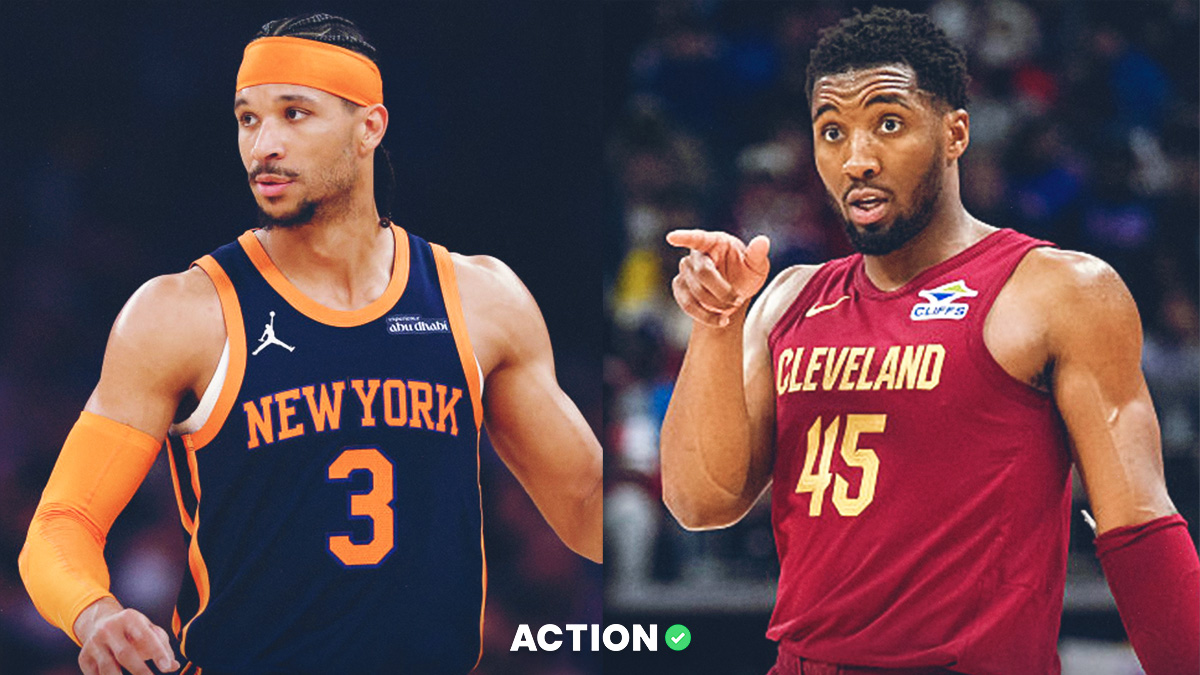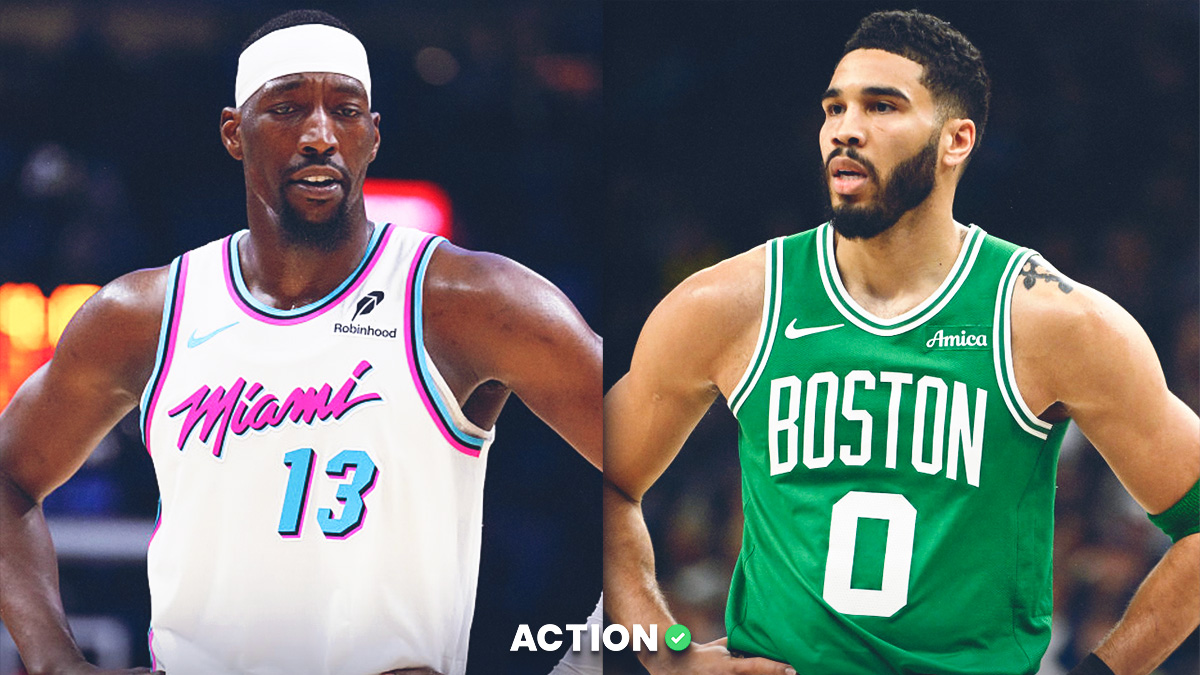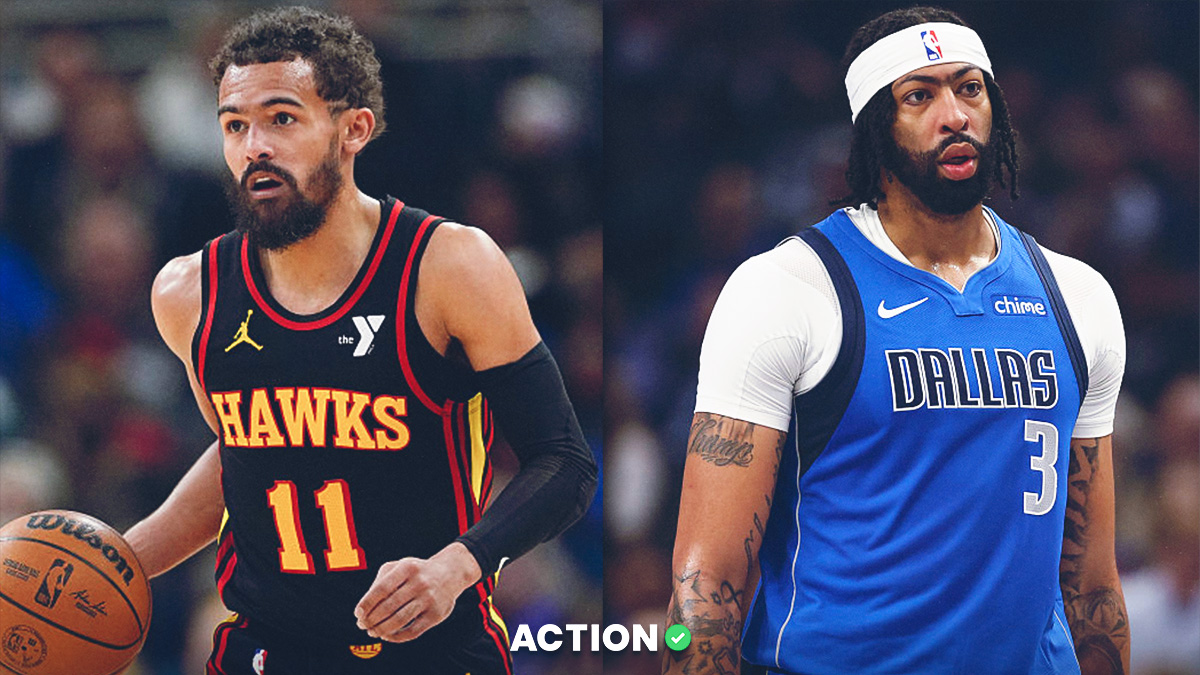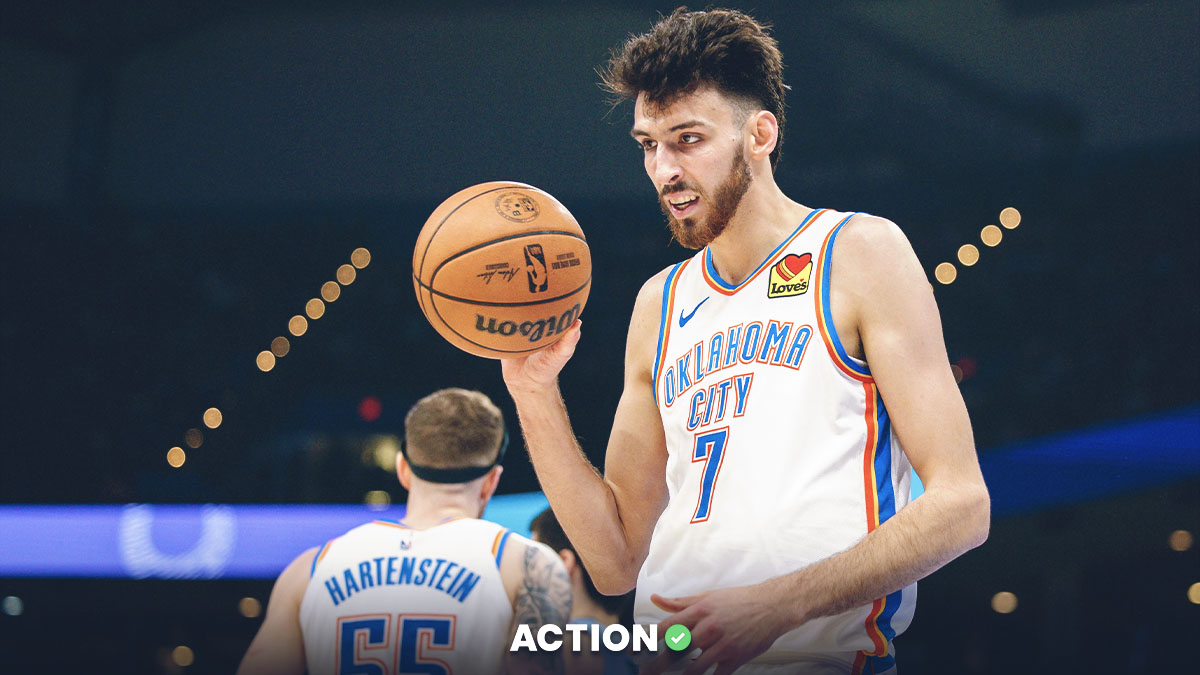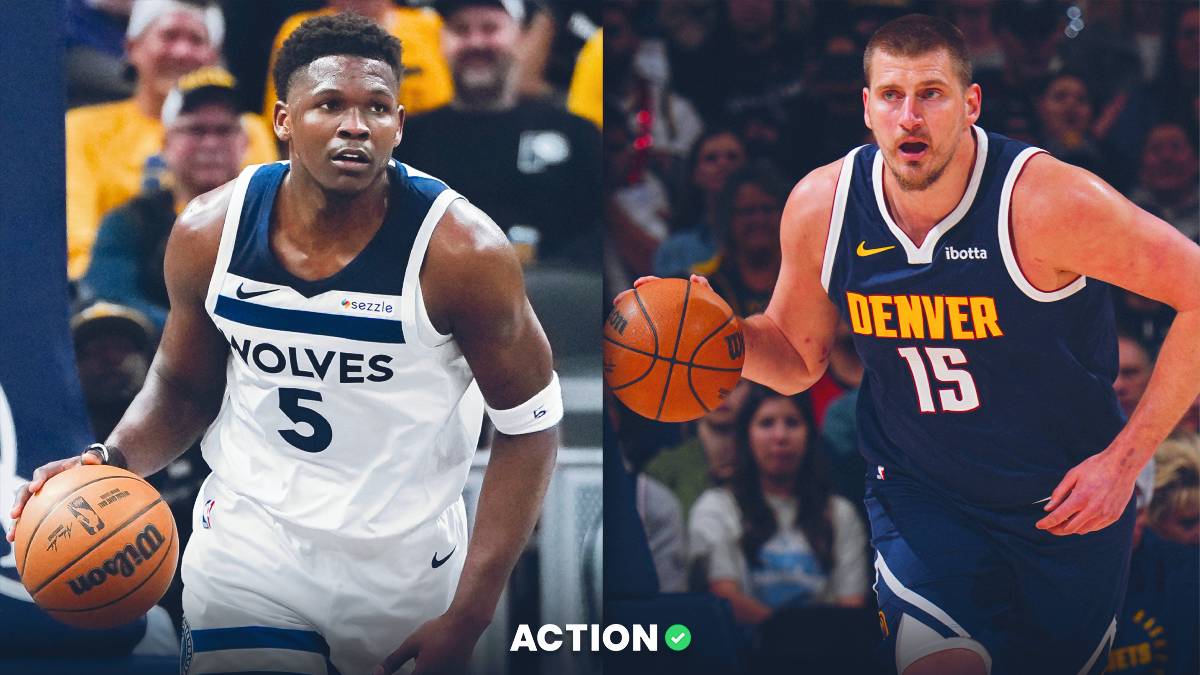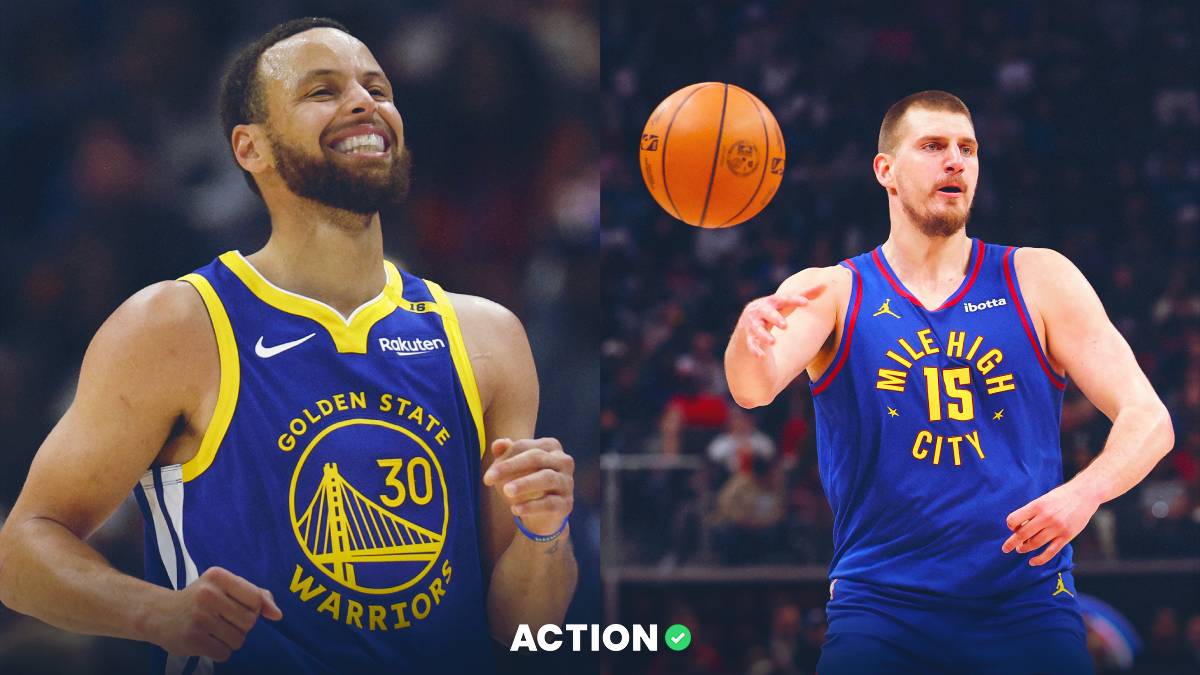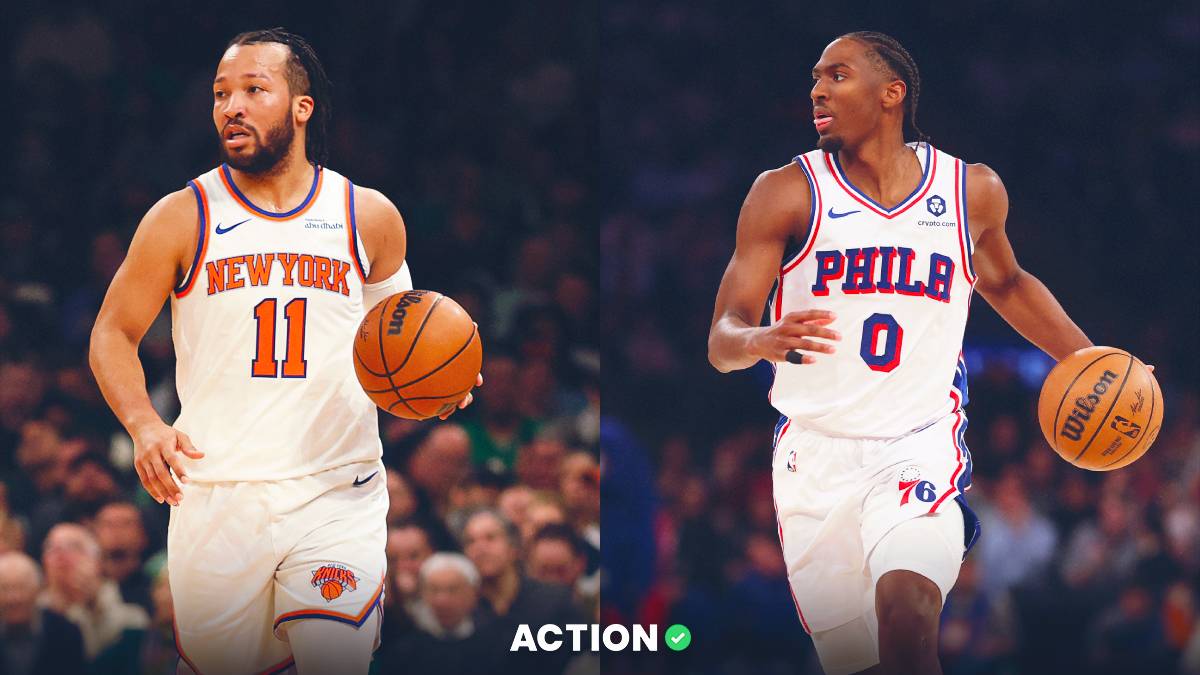The Bucks finally shot well!
Milwaukee shot 16 of 36 from 3-point range, for their best 3-point shooting performance this postseason at 44.4%. They exceeded their expected eFG% by 4.18% based on Second Spectrum shot quality.
So of course they lost Game 1, 118-105.
So if the Bucks had a game where they actually shot well, unlike most of their playoff losses, and lost, does that doom them?
Well, no. It was about the only thing they did well, and most of their issues are fixable.
While the Bucks had an eFG% of 49% on jumpers, which was better than expected via Second Spectrum data provided to Action Network, they shot -1.71 percentage points worse on all other shots, including 53% on layups vs. an expected mark of 57%. That may not sound significant, but it was massive.
Meanwhile, the Bucks' defensive profile wasn't what it normally is.
Milwaukee fouls on just 20% of all plays in the postseason — that's the best among all teams in the playoffs. And that number was even lower before Game 1, where the Bucks gave up a 29.5% foul rate, a mark that would rank 13th of the 16 teams.
Phoenix, on the other hand, averages the fewest free throws per game of any team in the playoffs, and shot seven more than their average and 10 more than Milwaukee.
Milwaukee had the fourth-best defense per possession against transition plays this season, and the second best in the playoffs. They average just 9.1 opponent fastbreak points per game, yet the Suns had 20 in Game 1.
It's not that the Suns beat the Bucks in areas they are strong; the Suns are a great team. It's that they beat them to such a degree in those areas.
It's also that the Bucks, quite honestly, just played badly. Missed assignments, broken gameplan discipline, false steps, losing the ball out of bounds.
It's easy in the playoffs to work backwards. A team plays badly and it's because of what the opponent did or has in its favor. But the Suns played a very good, not great game, and the Bucks played badly.
The Suns got 32 points and 9 assists from Chris Paul; Mikal Bridges and Cam Johnson both hit two 3's, Deandre Ayton had 22 points, and the Suns had a 116 offensive rating, which is good, but not exceptional for these playoffs.
The Bucks had more turnovers, missed layups, fouled a lot, had a rotten Jrue Holiday game, and didn't guard Chris Paul with Jrue Holiday, and yet it was a 7-point game with 7:16 to go.
Having Holiday guard Paul is an easy adjustment. The Bucks may not make it until Game 3; they may give the switch-all treatment another run. But it would be the coverage they gave the Suns in the regular season, and playing drop defense with Holiday on Paul would be considered their "base" coverage.
Counting on adjustments is rough stuff. Coaches may simply not believe in it, or want to see if playing the planned scheme correctly can work. But the Bucks can apply better pressure on Paul with drop coverage with Holiday defending him.
To be clear, playing drop coverage vs. CP3 is, in most cases, absolute suicide. He's one of the best mid-range shooters of all time, and your scheme literally concedes that shot.
You need an All-Defense, athletic guard who can bust over a screen to contest and make the 36-year-old be aware of that presence.
Jrue Holiday is that defender. When Holiday played drop vs. Paul this year, Paul has disengaged.
But even if the Bucks don't opt for that coverage, they can execute better, not break their gameplan as often. The Bucks kept helping over which opened up 3's:
That can't happen.
Finally, there's the unfortunate Dario Saric injury — a torn ACL in Game 1. Saric gave the Suns a devastating change of pace on the second unit as a smallball-5 option. The Suns outscored opponents by over 12 points per 100 possessions in the playoffs with Saric on the floor, most often as a smallball weapon.
Without him, the Suns have three options: play Deandre Ayton 48 minutes, which isn't viable, play Frank Kaminsky, which isn't advisable in a playoff setting, or play Torrey Craig at smallball 5. Craig was a minus-10 in Game 1.
The Bucks shot well from 3 in Game 1, but that was the only thing they did well. There's enough for them to clean up and enough that I think the Suns will struggle to play as free as they did in Game 1 with less of an emotional boost from Game 1 of the Finals and fewer days off.
The Pick: Bucks Moneyline +185


